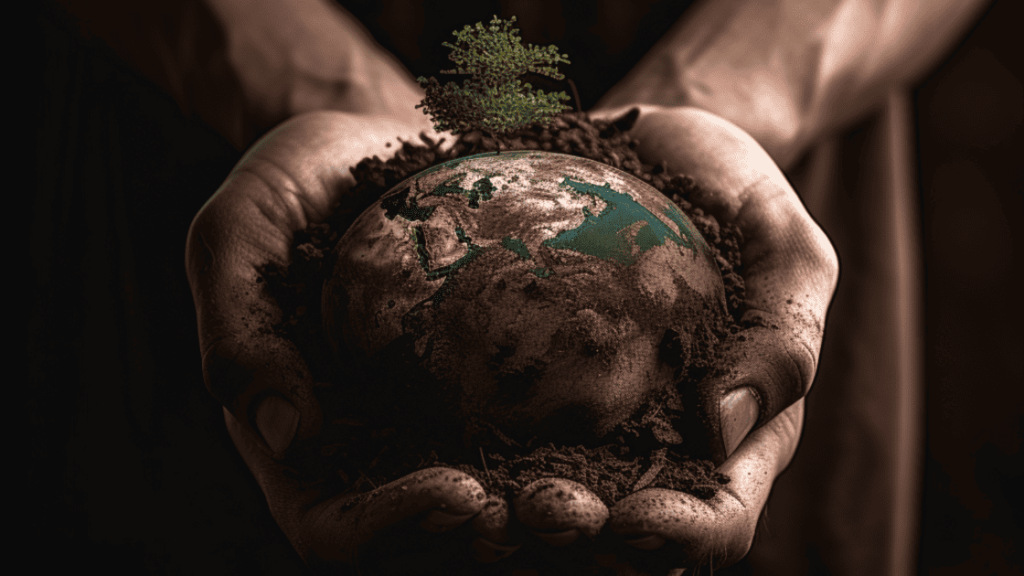In the quest to feed a growing global population and give back to our planet, the health of our soil plays a pivotal role.
A recent 2023 study titled “Patterns in soil microbial diversity across Europe” by Maëva Labouyrie and colleagues, published in Nature Communications, sheds light on the intricate patterns of soil microbial diversity across the European continent.
The research underscores the critical importance of microbial diversity in soil health, which is essential for sustainable agriculture and environmental stewardship. However, the study also highlights the challenges posed by varying levels of microbial diversity across different regions.
This is where the innovative use of soil boosters comes into play, offering a promising solution to narrow the diversity gap and enhance global soil health.
The Importance of Microbial Diversity
Soil is not just an inert growing medium; it is a vibrant, living ecosystem teeming with microorganisms. These microorganisms, including bacteria, fungi, and protozoa, play a crucial role in nutrient cycling, soil structure maintenance, and plant health.
The study by Labouyrie et al. reveals significant variations in microbial diversity across Europe, influenced by factors like climate, land use, and soil type. Regions with higher microbial diversity generally exhibit better soil health, leading to more robust and sustainable agricultural systems.
Challenges in Soil Microbial Diversity
Despite its importance, maintaining a high level of microbial diversity is challenging. Factors such as intensive agricultural practices, chemical and synthetic fertilisers, pollution, and climate change have adversely affected microbial diversity in many regions.
This loss of diversity can lead to decreased soil fertility, increased susceptibility to pests and diseases, and reduced crop yields, posing a significant threat to global food security.
The Role of Soil Boosters
Soil boosters work as earth’s heroes, by introducing beneficial microorganisms and nutrients into the soil, thereby enriching the microbial ecosystem.

The use of soil boosters can significantly narrow the gap in microbial diversity. For instance, humic acid contains specific microbial strains can introduce beneficial bacteria into the soil, promoting nutrient availability and uptake by plants.
These improve soil structure and provide a habitat for diverse microbial communities, which can be particularly effective in degraded soils, where they kickstart the process of ecological succession, leading to increased microbial diversity.
Case Studies and Research Findings
Labouyrie et al.’s study provides a baseline for understanding the current state of soil microbial diversity in Europe. By comparing soils treated with boosters to untreated soils, researchers can assess the effectiveness of these interventions.
Preliminary findings suggest that soils treated with soil boosters show a marked increase in microbial diversity and activity.
A Sustainable Future for Soil Health
The research by Labouyrie and colleagues, combined with the application of soil boosters such as those from SoilPoint, offers a beacon of hope for improving soil health globally.
By enhancing microbial diversity, we can build more resilient agricultural systems, increase crop yields, and contribute to the sustainability of our planet.
As we continue to face the challenges of feeding a growing population and protecting our environment, the health of our soil remains a fundamental priority.
Soil boosters, therefore, are not just tools for improving soil; they are essential instruments for ensuring a sustainable future.



